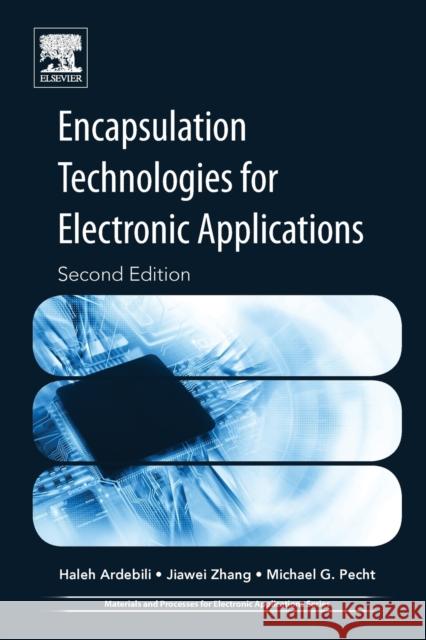Encapsulation Technologies for Electronic Applications » książka
topmenu
Encapsulation Technologies for Electronic Applications
ISBN-13: 9780128119785 / Angielski / Miękka / 2018 / 508 str.
Kategorie:
Kategorie BISAC:
Wydawca:
William Andrew
Seria wydawnicza:
Język:
Angielski
ISBN-13:
9780128119785
Rok wydania:
2018
Numer serii:
000317679
Ilość stron:
508
Waga:
0.67 kg
Wymiary:
22.86 x 15.24 x 2.62
Oprawa:
Miękka
Wolumenów:
01
Dodatkowe informacje:
Bibliografia











